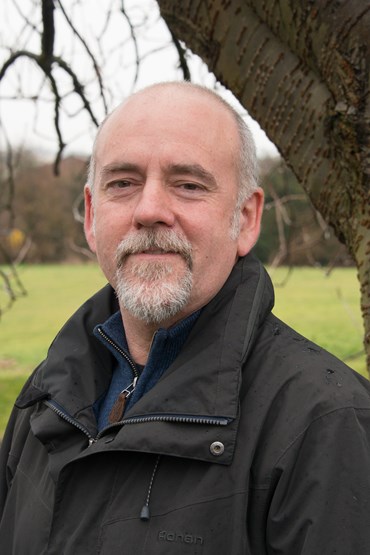June 2016
The UK has a rich history of legislation to protect wildlife, with over 100 years of parliamentary acts. We have been early adopters of international legislation and enthusiastic developers of plans and strategies. We have some of the best nature conservation monitoring in the world. More than 10% of the population gives money each year to be members of environmental NGOs and more than twice that number engage in related actions and campaigns.
Yet, we currently have hundreds of irreplaceable ancient woods under threat from development with urban trees being in turn neglected or prematurely ‘tidied away’ by hard pressed local authorities. Add to that the escalating loss of trees due to the impact of pests and disease, and rates of new planting falling to an all time low. Due to the lamentable lack of any centralised official effort to comprehensively monitor woodland losses, there is little awareness that we appear to be fast approaching a state of deforestation by default, certainly in England.
How long must this contradiction remain? There seems to be a serious disconnect between society as a whole and the environment as a distant ‘concept’. This fosters a feeling that there is little an individual can do to change anything. Which one came first, the disconnection or the feeling of disempowerment? The order doesn’t really matter; what matters is that things actually change.
The government has a clear role to develop a framework for taking this forward, to help lay out what we need to aim for, how we might achieve it, and to identify and remove barriers. This must include looking carefully at perverse incentives and contradictory policies, whilst recognising that there will remain a need for some regulation and legislation to act as a backstop to prevent inappropriate or damaging activities.
We will only collectively get a grip on this if we make sure that the right data is collected, analysed, shared and published so that we can all understand the ‘baseline’ we are starting from and maintain an oversight of what is actually happening. Defra’s clear actions to embrace the whole concept of ‘open’ data - sharing and releasing datasets to allow collaboration and reaching a shared understanding of the key issues and opportunities - is very welcome.
The wide-ranging and long-term ambitions represented in a plan with a 25-year time horizon will only be realised by collaboration, co-operation and a spirit of shared endeavour. Can we expect government to become more engaged and more flexible from the centre without the conservation sector ourselves looking carefully at some of our seemingly ‘fundamentalist’ positions?
The 25 Year Plan may need to say much more about what a broader range of stakeholders, as well as communities and people on the ground, want to see and how to enable them to achieve it. After all, we want a plan that will inspire people to engage and understand the value of nature and how it enriches their lives and their children’s. This will mean improved access to woodland close to where people live and work, with more effort to tackle the barriers that hold some people back from enjoying nature by developing innovative approaches to public engagement. It will mean ensuring that people have the support and information they need (and in an accessible format) to enable them to more easily understand and appreciate nature in ways that work for them. It will mean giving people a greater voice when it comes to the design and future management of green spaces.
Finally, recognising the particular importance of engaging children with nature, woods and trees, it means ensuring that every child has an opportunity to spend time outdoors, has easy and safe access to green space close to where they live, and perhaps gets the chance to plant a tree or get close to wildlife. This informal environmental learning should also be underpinned by more formal education.
The 25 Year Plan will need to be clear on how best to monitor progress, with cutting edge approaches like satellite monitoring and data ‘mash-ups’ by the professionals being complemented by mechanisms that are more inclusive and participative – for example by engaging more ‘citizen science’ approaches – an area in which the Woodland Trust has become increasingly expert.
By 2040, our environment, and the way we interact with it, will certainly be different from today. Yet we will still depend on it; whether for its beauty, its productivity or the fundamental natural resources that remain crucial to our survival and sustenance. It’s critical that we have an effective plan over this period, not only to help restore past losses, but to secure a diverse, resilient and adaptable environment ready for the challenges of the future.
Austin Brady
Director of Conservation & External Affairs, Woodland Trust
Find the Woodland Trust on Twitter @WoodlandTrust
The opinions expressed in this blog are the author’s and not necessarily those of the wider Link membership




Latest Blog Posts